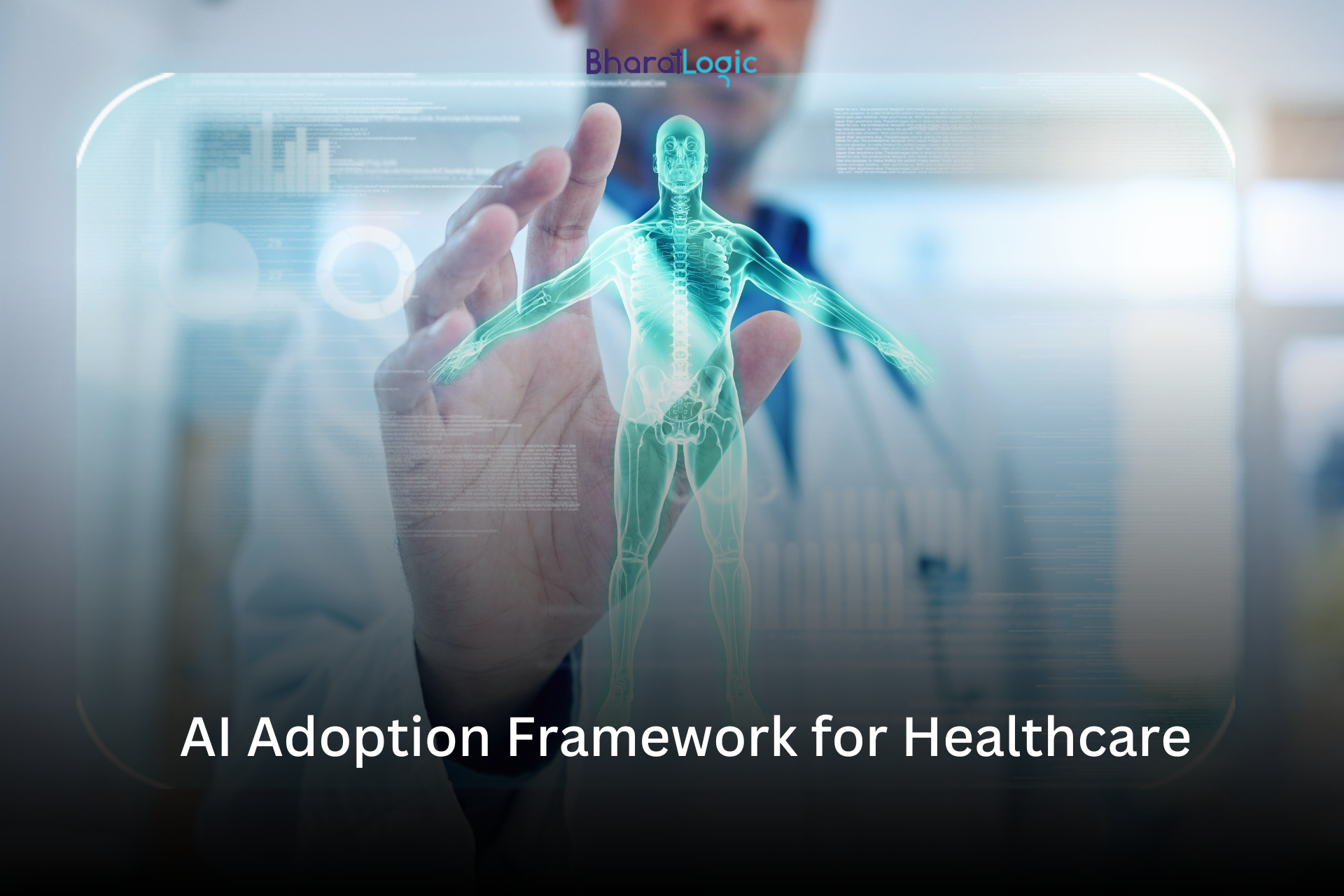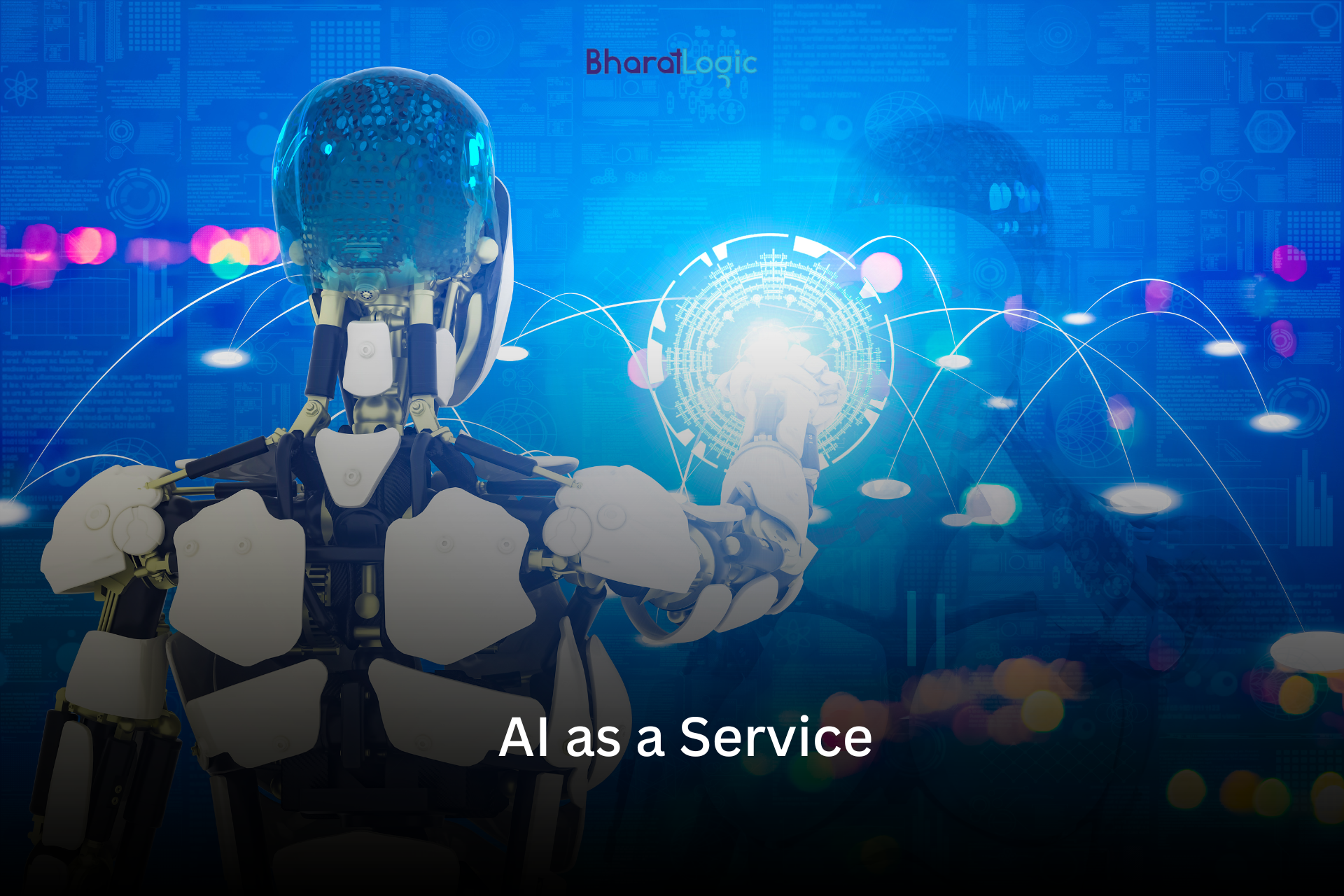AI in Healthcare: Innovating Without the Risk of Lawsuits
Artificial Intelligence is revolutionizing healthcare by streamlining processes like automating medical records, enhancing diagnostic accuracy, and predicting patient risks. These advancements promise to improve patient care and operational efficiency. However, with innovation comes a critical concern: Can healthcare providers implement AI without exposing themselves to compliance violations or legal risks?
The answer is yes !!, but it requires a careful approach. By prioritizing safety, transparency, and adherence to regulations, healthcare organizations can build AI systems that are not only effective but also secure and compliant. Ensuring that AI models are explainable, so their decisions can be understood and justified, is crucial for trust and accountability. Additionally, aligning AI initiatives with HIPAA and other healthcare regulations is essential to mitigate the risk of lawsuits. Forward-thinking providers are already embracing these principles, demonstrating that innovation and compliance can go hand in hand for the future of healthcare.
1. The Real Problem Isn’t AI — It’s Uncontrolled AI

Healthcare leaders aren’t opposed to innovation; they’re concerned about exposure. When AI algorithms interact with Protected Health Information (PHI) without proper oversight, the risk of violating privacy regulations like HIPAA, GDPR, and state-level laws becomes a serious threat. The primary culprits driving these risks include:
- Shadow AI tools: Staff using unregulated AI tools like ChatGPT or Copilot without clear data boundaries, exposing sensitive information.
- Unencrypted PHI in the cloud: Cloud vendors storing PHI in third-party regions without proper encryption puts data at risk of breaches and non-compliance.
- “Black-box” AI: AI systems that make decisions without a clear audit trail or transparency, complicating regulatory compliance and increasing the chance of legal repercussions.
Without strict safeguards and accountability, the adoption of AI in healthcare can expose organizations to significant litigation and reputational risks, making cautious, well-governed adoption essential.
Unsafe AI adoption = high litigation exposure.
2. Safe AI Adoption Framework for Healthcare

At BharatLogic, we help healthcare innovators embrace AI without crossing compliance
lines.
Our Safe AI Adoption Framework focuses on three layers:
A. Data Security & PHI Compliance
● End-to-end encryption for all PHI.
● Data never leaves your compliant cloud (AWS HIPAA, Azure Health).
● Zero data retention AI gateways no data is used for model training.
B. Explainable & Auditable Models
● AI decisions logged and traceable.
● Built-in “why” layers (explainability reports) for every clinical or operational
decision.
● Regular bias and drift testing to ensure model fairness.
C. Governance & Policy Integration
● Automated HIPAA checklists in AI workflows.
● Periodic audit reports for internal compliance teams.
● Role-based access and PHI masking by default.
3. Compliance Isn’t a Roadblock — It’s a Competitive Edge

CIOs who prioritize strong governance frameworks in AI adoption often find they can scale their AI initiatives more quickly. The reason? Trust is a critical factor in accelerating decision-making. When AI systems are designed with governance in mind pre-audited, explainable, and compliant with regulations healthcare organizations are more likely to trust these technologies, thus shortening procurement cycles.
Hospitals, payers, and research partners are more willing to onboard AI solutions that come with built-in transparency and accountability, as it reduces their own risk and ensures regulatory compliance from the start. Pre-audited AI systems that provide clear explanations for their decisions not only foster trust but also facilitate smoother integration with existing workflows.
What could be seen as a “legal hurdle” ensuring compliance with regulations like HIPAA and GDPR can be reframed as a powerful market differentiator. Organizations that lead with governance demonstrate a commitment to safety, privacy, and fairness, which builds credibility and positions them as responsible, forward-thinking partners. As a result, these providers often experience faster adoption rates and can unlock new opportunities with partners who value both innovation and regulatory adherence.
4. The Future: Responsible AI as a Service (RAIaaS)

Software Companies like BharatLogic is at the forefront of pioneering Responsible AI-as-a-Service (RAIaaS), offering a robust, managed compliance layer that simplifies the integration of AI into healthcare organizations while ensuring complete regulatory adherence. This solution empowers healthcare providers to deploy AI technologies safely, with confidence and full transparency.
Here’s how RAIaaS makes it possible:
- PHI Encryption Vaults: BharatLogic’s RAIaaS ensures that all Protected Health Information (PHI) is securely encrypted, both at rest and in transit. This end-to-end encryption protects sensitive data and ensures full compliance with stringent healthcare regulations like HIPAA and GDPR.
- Model Explainability Dashboards: The solution includes intuitive dashboards that provide detailed insights into how AI models make decisions. These explainability features are critical for healthcare providers to understand, justify, and validate AI outcomes, fostering trust and accountability.
- HIPAA Audit Logging: Every interaction with PHI is logged and tracked automatically, providing a comprehensive, auditable record of all data access. This feature simplifies compliance audits and ensures that healthcare organizations can quickly meet regulatory requirements.
- Governance APIs for Internal Policy Mapping: These APIs allow healthcare organizations to map their internal compliance and governance policies directly to AI workflows. It ensures AI systems adhere to organizational standards and legal requirements from the start.
With these integrated features, healthcare organizations can confidently adopt AI, knowing they have complete peace of mind and visibility over every aspect of the process.
️5. Key Takeaway for Healthcare Innovators

AI holds the potential to revolutionize patient care, from improving diagnostics to personalizing treatment plans. However, without a compliance-driven design, the adoption of AI in healthcare can expose providers to significant risks, including data breaches, legal liabilities, and loss of patient trust.
To harness AI’s full potential while mitigating these risks, healthcare organizations must adopt frameworks that prioritize security, transparency, and explainability. By embedding these principles into their AI systems, providers can ensure that patient data remains secure, decisions made by AI are transparent and justifiable, and the entire process adheres to strict regulatory requirements like HIPAA and GDPR.
This approach not only protects against compliance violations but also builds trust with patients, regulators, and stakeholders. As AI technology continues to evolve, healthcare organizations that innovate responsibly can lead the way in ethical AI development, setting standards for both patient care and data security.
By integrating these frameworks, healthcare providers can mitigate risk, enhance the quality of care, and position themselves as leaders in the next wave of AI-driven healthcare innovation.
About BharatLogic
BharatLogic helps healthcare and enterprise clients implement secure, compliant,
and production-ready AI systems from voice agents and RPA workflows to data
governance and predictive analytics.
Our mission: “AI that’s safe, explainable, and built for trust.”
Get in touch → bharatlogic.com

